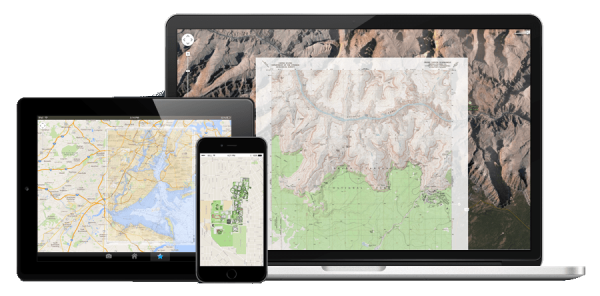

Inspect the preview to ensure that your work appears as expected.

Maptiler raster trial#
A trial of MapTiler™ Desktop is available at This option is best if you wish to pay only a one-time fee for MapTiler™, or would like to add a custom image/vector set to a machine that is not connected to the internet. To generate a static image set using MapTiler™ Desktop: To display additional information about sites on your maps, refer to Design Your Own Tagsand Custom Map Icons.) But note that as far as VTScada is concerned, these maps are only raster images.
Maptiler raster software#
(* VTScada can use 3rd party software to generate map tiles that contain layers of map and GIS data.
Maptiler raster download#
If you have a MapTiler account, you can download your choice of map tiles to create a static image set on your server, or you can use their online service if you are interested in a map style that includes vector or image data, including GIS information(*). One of the sources used by VTScada is MapTiler™. Instructions are provided in Change the Map Source. Any online map source that uses OpenStreetMap can be used for your map tiles. For example, view the NLS historical map overlays. Copy the entire tileset and all subdirectories to a web server, and edit the googlemaps.html or openlayers.html files as required to present this on the web. Open the googlemaps.html or openlayers.html files in a web browser to view the tileset as an overlay. When complete, MapTiler provides a link to the finished tileset. Click Render to start rendering the image.If you do not know these, they can be added into the default googlemaps.html / openlayers.html files after tile generation. Specify the Details for generating the Viewers, such as the title, copyright notice, and API keys.You can also choose to generate a KML SuperOverlay file for Google Earth. By default, a googlemaps.html and openlayers.html file are generated. Tick the Viewers that should be generated.If you do not know these, they can be added into the default googlemaps.html and openlayers.html files after tile generation. Specify details about the Destination folder and Addresses / URLs for the tileset.The default settings for zoom levels and file format are often best. Specify details about the Tile Pyramid.Further information on coordinate reference systems. It is important that the transformation should include the EPSG:27700 with TOWGS84 parameter. Specify the id-number from the EPSG/ESRI database. For all images that are in the British National Grid, it is recommended to specify this using the drop-down list. Specify the Spatial Reference System / Coordinate System of the image.It is also possible to select a NODATA colour that will appear as transparent in the resulting image. Browse to select the raster image you want to tile. Choose Google Earth (KML SuperOverlay) if you also want to generate a KML file for use in Google Earth. Choose Google Maps Compatible (Spherical Mercator) for standard web publishing. MapTiler prepares tiles using this specification as an easy and quick way of preparing a georeferenced map in a mashup web page. Tiles à la Google Maps page describes and illustrates this. The difference is only in the way the equivalent tiles are indexed. The extents of all tiles as well as the zoom levels (resolution in metres per pixel) are predefined for the whole Earth. MapTiler takes advantage of the fact that Google Maps, Microsoft Bing, Yahoo Maps, and other online mapping providers including OpenStreetMap use the same projection and tiling profile and the tiles are therefore compatible. Strengths / weaknesses: MapTiler is simple, free, open-source software, with an easy wizard, described below, to guide through the options.Output options: A set of directories with tiled images which can be copied to a web server for presentation as a georeferenced overlay.Input options: Any georeferenced image file, eg.It follows the Open Source Geospatial Foundation's (OSGeo's) Tile Map Service (TMS) specification. The tiles can then be presented as a as a georeferenced map overlay on a web server. MapTiler provides a simple way of creating a set of tiles from any georeferenced map image.


 0 kommentar(er)
0 kommentar(er)
